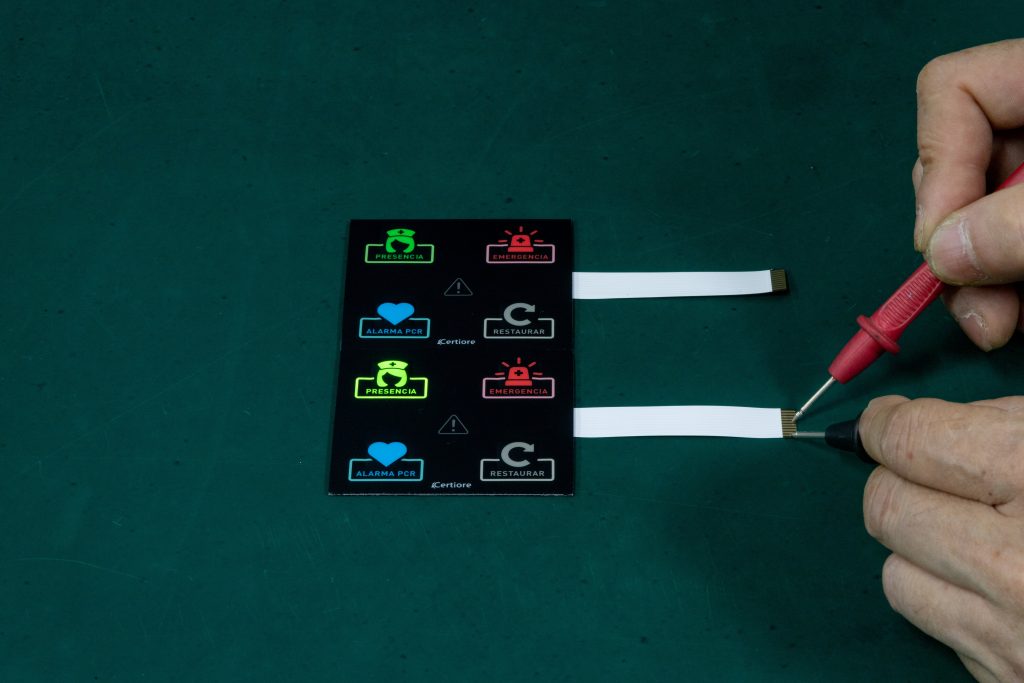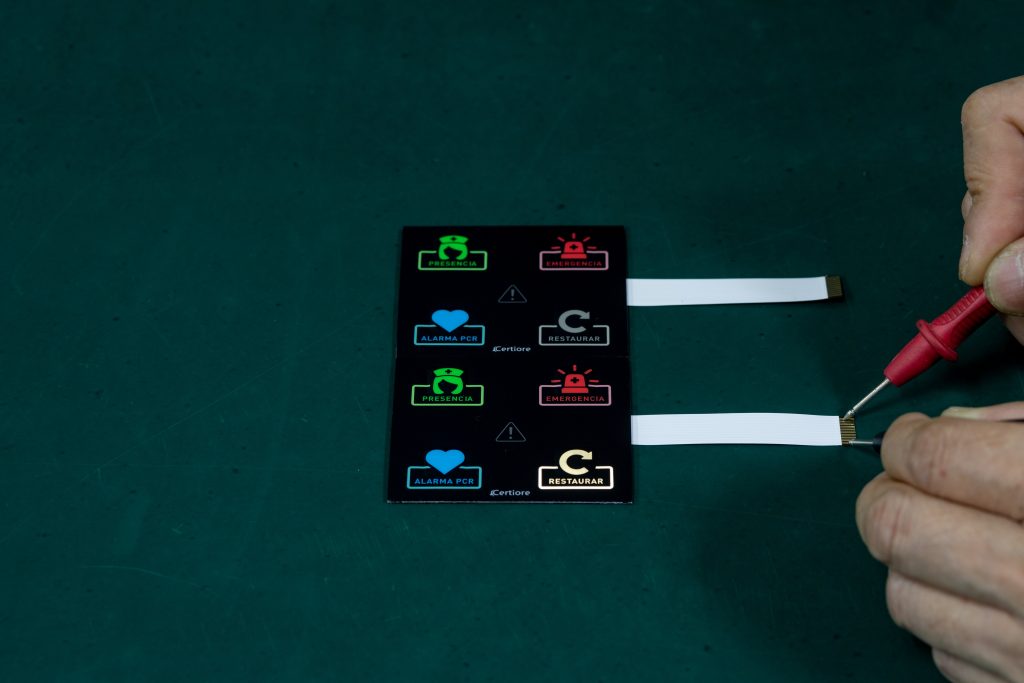Contact
Write to Us And We Would Be Happy to Advise You.
Do you have any questions, or would you like to speak directly with a representative?
By hqt
In today’s digital age, user experience is a critical factor in the success of any product or interface. One way to enhance the user experience is through the implementation of membrane switch backlighting. Membrane switch backlighting refers to the use of illumination behind a membrane switch, providing visual cues and improving usability. This article will delve into the various aspects of membrane switch backlighting and its impact on enhancing the user experience.


Membrane switch backlighting is a technique that involves the integration of lighting elements behind a membrane switch. A membrane switch is a user interface that consists of thin, flexible layers with printed circuitry, allowing users to input commands or interact with a device. By adding backlighting to a membrane switch, the keys or buttons become illuminated, enhancing visibility and usability, especially in low-light conditions.
When implementing membrane switch backlighting, several factors need to be taken into consideration to ensure optimal performance and user experience. Let’s explore these factors in detail.
1. Lighting Technology
There are different lighting technologies available for membrane switch backlighting, including LED (Light-Emitting Diode), EL (Electroluminescent), and Fiber Optic. LED backlighting is the most commonly used and offers various advantages such as energy efficiency, durability, and versatility in color options.
2. Color Selection
The choice of backlight colors can significantly impact the user experience. Different colors evoke different emotions and have varying levels of visibility in different lighting conditions. It is important to select colors that align with the product’s branding and ensure optimal visibility and legibility.
3. Lighting Intensity
The intensity of the backlighting should be carefully adjusted to provide adequate visibility without causing discomfort or glare for the user. Striking the right balance ensures a pleasant and user-friendly experience.
4. Uniformity and Consistency
The backlighting should be uniform and consistent across all keys or buttons to avoid any confusion or inconsistency. This ensures that users can rely on the illumination for accurate input and navigation.
5. Power Consumption
Efficient power management is crucial when implementing membrane switch backlighting. LED technology, known for its energy efficiency, can help minimize power consumption while maintaining optimum illumination levels.
6. Environmental Considerations
Depending on the intended use of the product, factors such as water resistance, dust protection, and temperature resistance may need to be taken into account when selecting the appropriate membrane switch backlighting solution.
FAQ 1: What are the primary applications of membrane switch backlighting?
Membrane switch backlighting finds application in various industries, including automotive, medical devices, consumer electronics, industrial equipment, and aerospace. It is used in products such as control panels, keypads, remote controls, and medical instrument interfaces.
FAQ 2: Can the backlighting color be customized?
Yes, backlighting colors can be customized to align with the branding or specific requirements of the product. This allows companies to create a unique visual identity and enhance the user experience.
FAQ 3: Is membrane switch backlighting durable?
Yes, membrane switch backlighting, especially when implemented using LED technology, is highly durable. LEDs have a longer lifespan compared to other lighting options, ensuring long-lasting and reliable backlighting.
FAQ 4: Can membrane switch backlighting be used in outdoor applications?
Yes, membrane switch backlighting can be designed to withstand outdoor environments by incorporating features such as water resistance and UV protection. However, it is essential to consult with experts to ensure the backlighting solution is suitable for outdoor use.
FAQ 5: Does membrane switch backlighting consume a significant amount of power?
No, membrane switch backlighting using LED technology is energy-efficient and consumes relatively low power. This allows for extended battery life in portable devices and reduces overall power consumption in other applications.
FAQ 6: Are there any design limitations with membrane switch backlighting?
While membrane switch backlighting offers great design flexibility, it is essential to consider certain design limitations. These include the complexity of the graphics, spacing between keys, and the thickness of the membrane switch to accommodate the backlighting elements.
Membrane switch backlighting is a powerful technique to enhance the user experience in various products and interfaces. By improving visibility, usability, and aesthetics, it contributes to creating intuitive and visually appealing user interfaces. When implementing membrane switch backlighting, careful consideration of factors such as lighting technology, color selection, and uniformity is crucial for achieving the desired results. With the right approach and expertise, membrane switch backlighting can significantly elevate the user experience and differentiate products in the market.
Do you have any questions, or would you like to speak directly with a representative?